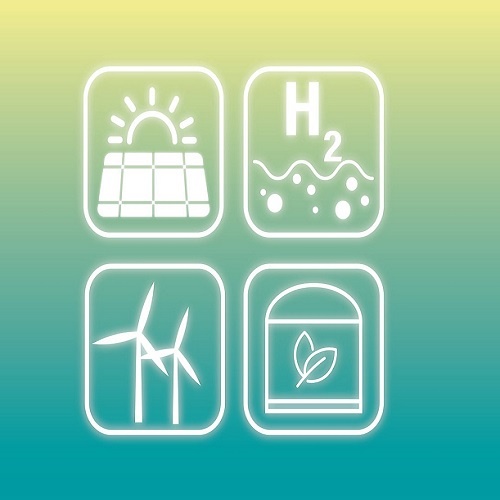The ambitious hydrogen targets set by the European Union for 2024 can no longer be achieved. Instead of the planned 6 gigawatts (GW) of electrolysis capacity and one million tons of renewable hydrogen outlined in the EU Hydrogen Strategy, the actual installed capacity stands at approximately 0.5 GW—less than a tenth of the target. Achieving the hydrogen goals for 2030 also seems increasingly unlikely.
“The gap between ambition and reality underscores that lofty goals alone are insufficient without appropriate regulatory and financial measures,” says Ralf Diemer, Managing Director of the eFuel Alliance. “If we continue on the current trajectory, we risk massively missing the 2030 targets for renewable hydrogen and losing technological leadership in power-to-X technologies.” This shortfall not only affects the availability of hydrogen for direct applications, such as in the steel industry, but also delays the scaling-up of climate-friendly hydrogen derivatives, including kerosene, gasoline, and diesel.
By 2030, Europe’s installed hydrogen production capacity is expected to reach 10 million tons, with an additional 10 million tons to be imported, as outlined in the RePowerEU strategy document. A cornerstone of domestic production is the ambition level set by the Renewable Energy Directive (RED) and its Delegated Acts. These Delegated Acts establish detailed rules for the production of renewable fuels of non-biological origin (RFNBOs), define import regulations, and serve as a critical regulatory pillar for scaling up the entire hydrogen value chain and its derivatives.
Particularly concerning is the low ambition level of the Renewable Energy Directive (RED). For the transportation sector, the directive sets a mere 1% quota for RFNBOs by 2030, further diminishing real demand through multipliers. Initially, the European Commission proposed a quota of 2.6% by 2030, later increasing it to 5% following Russia’s invasion of Ukraine.
Furthermore, the criteria set in the Delegated Acts for electricity sourcing in green hydrogen production and the use of required CO2 sources for eFuels are overly restrictive and complex, making investments more costly and slower.
This concern was recently echoed by Germany’s Minister for Economic Affairs and Climate Action, Robert Habeck. In a letter to the European Commission, he noted that the production costs of hydrogen alone would rise by €2.40 per kilogram due to the criteria outlined in the Delegated Acts. He called for the suspension of certain criteria until 2035. There is also urgent need for action regarding CO2 sources. The categorical exclusion of unavoidable industrial point sources, such as those from cement plants, due to unrealistic requirements further delays market ramp-up.
“Despite repeated warnings from the entire hydrogen industry, European lawmakers have failed to act. The regulatory framework creates uncertainties for producers with its overly bureaucratic and restrictive requirements,” criticizes Diemer. “In particular, importing green hydrogen is being hindered, as there is currently no mechanism to apply EU production criteria to non-EU contexts. The EU must establish clear and actionable standards to avoid jeopardizing the development of the hydrogen market in the years leading up to 2030.”
The eFuel Alliance calls on the new Energy Commissioner, Dan Jørgensen, to urgently revise the Delegated Acts governing the production of green hydrogen and eFuels.
To read more about Green Hydrogen Industry News continue reading Bioenergytimes.com
















